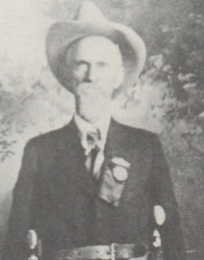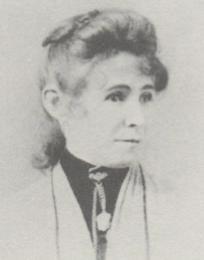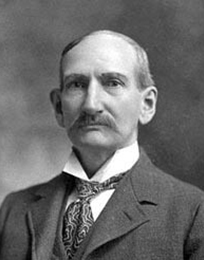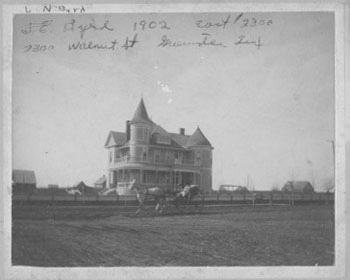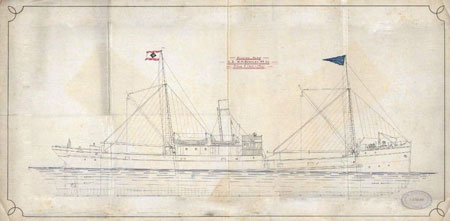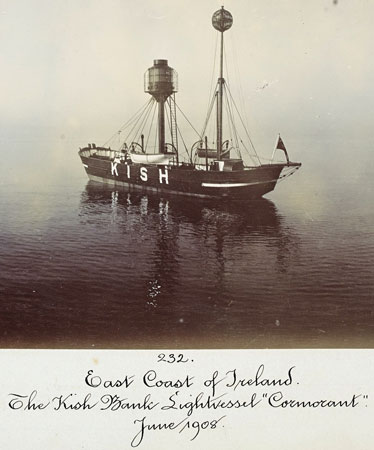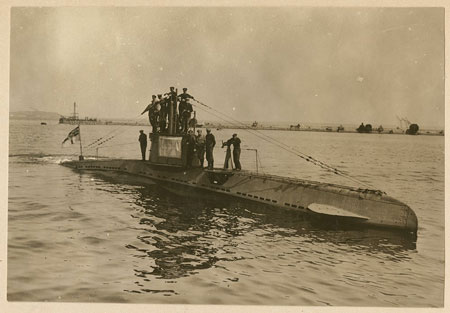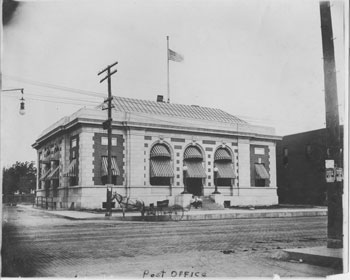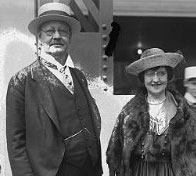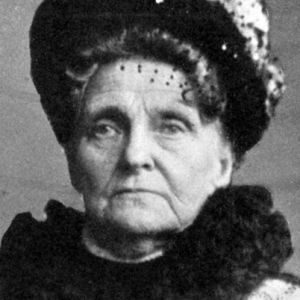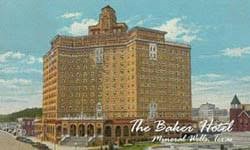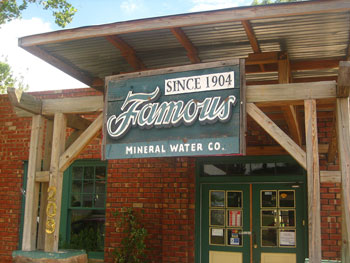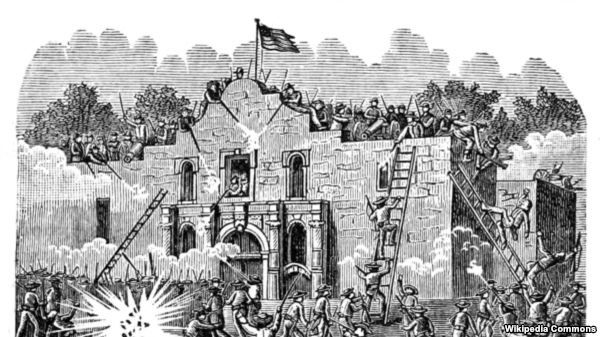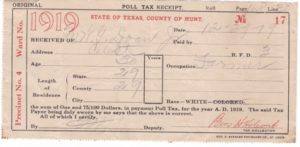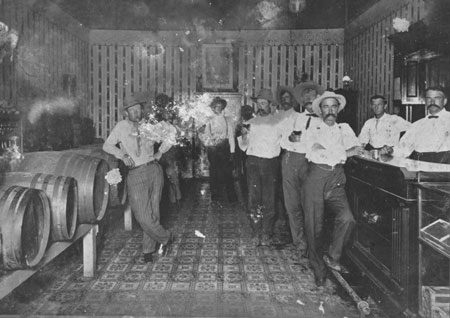
While imbibing their favorite drink these gentlemen kept their hats on their heads; but notice the bar tenders are hatless. (Author’ Collection)
This time of the year we often hear about the wonderfully elaborate hats women wore in the past. But guess what? Men also wore hats, although not as frivolous and with much more strict rules. So let’s see what men before 1960 wore on their heads. That year, when John F. Kennedy was inaugurated as U. S. President, was the last time a president-elect wore a hat, a sleek black top hat to the inauguration.
The 19th century was a period of elegant dress in many parts of the planet and males joined in the stylish attire. But generally speaking, hats were worn while outdoors, and usually taken off when indoors. If a man did not wear a hat outdoors, he was considered extremely uncouth.
Gentlemen wore hats in train stations, hotel lobbies, saloons, and public dance halls. Maybe that occurred because men had their hands full with food and drinks, or were busy shaking hands, or simply had no place to safely leave their hats.
In retail stores it was expected that customers kept their hats on their heads while staff stowed theirs when they arrived at work and spent the day inside hatless. In business offices no one wore a hat. Clients were provided with proper places to hang their hats.
Orators, a big deal in the 1800s and early 1900s, spoke at length hatless. At the theater, men took off their hats after being seated. Theaters, classy restaurants, balls, and such usually had a cloakroom to check hats and coats. However, many men were skeptical about getting their own hats back when leaving. Hence the invention of the collapsible hat that fit in the gentlemen’s laps.
Hats were removed in private homes and clubs. No true gentleman ever entered a church with his head covered. In small churches in the western part of Texas, churches have racks where the farmers and ranchers still stow their Stetsons.
Fewer styles of hats for men were available for men than for women. Basically men’s hats were either made of wool or straw. Young boys and golfers wore wool caps, often called newsboy caps. If you have seen Casablanca you recognize the Fedora that Humphrey Bogart wore. Government officials usually wore Homburgs. The Derby or Bowler was the choice of businessmen. A Walker served when walking in the woods. Black tie events called for a Top Hat from the days of Lincoln to Kennedy. Stetsons are made of pressed wool, usually in a tone called Silver Belly.
Warm weather brought out straw hats. There was the wider brimmed Panama hat worn in sunny climes. The stiffer Boater was usually for younger men trying to woo a young lady in an impressive rowboat.
So what do we have in the early part of the 21st century? The Gimme cap! But how many women wear hats, either?

